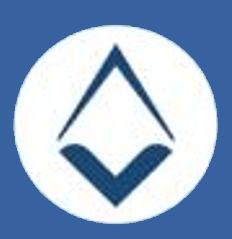At the head of each Operative Masons’ Lodge was a Master- mason, responsible for hiring and firing workers, overseeing work and training apprentices. The status and income of such a man would have depended upon the type of work he did. A man skilled enough to build a great castle or cathedral would have been able to command a very high salary and might well have worked internationally as his services were sought by kings, nobles, and clergy. In addition to overseeing the work, the Master would plan the building, using the principles of geometry known to only a select few, and would also design doorways and windows.
He was much more than just a stone cutter and would have ‘employed and instructed’ his workers in their tasks. Just as today we say the Worshipful Master of a Lodge is placed in the East to employ and instruct the brethren in Freemasonry. A mediaeval Master-mason thus fulfilled the modern roles of architect, project manager, clerk of works, foreman and training officer, and perhaps even a rudimentary health and safety officer.
The Worshipful Master sits on a grand chair on the East side of the Lodge, behind a pedestal on which there is a Gavel, a Holy Book, a Square & Compasses, and a Column of Office.
His symbol is The Square

The Square can be found on the collar he wears and on the front of the pedestal he sits behind
The Holy Book
The Holy Book we call the Volume of the Scared Law (VSL), we usually use the Bible, but this could be a Qur’an, Torah or other Holy book which a candidate for initiation recognises.

The Square and Compasses

The Square and Compasses sit on the VSL and are the most common symbol of Freemasonry across the world.
The Column of Office
A candle sits on top of the column that represents his office. This column is an Ionic column and symbolically represents Wisdom.

The Gavel
The Gavel is used to call attention.

